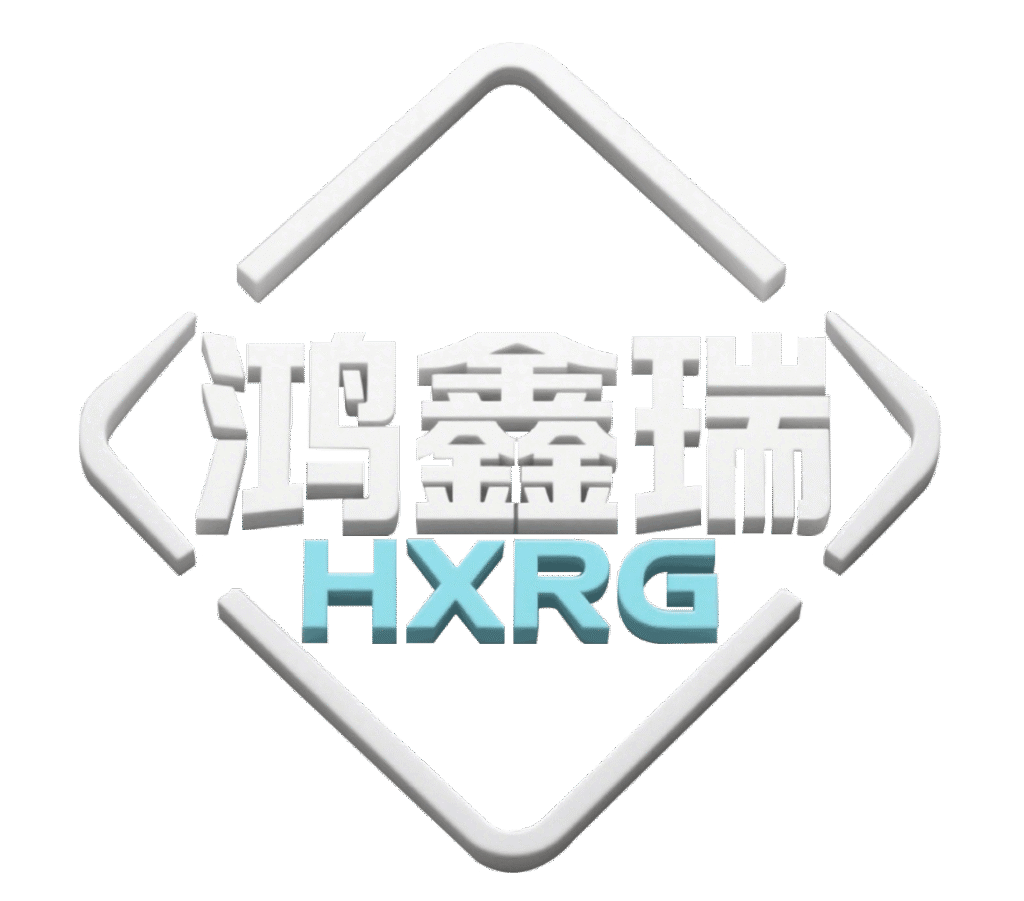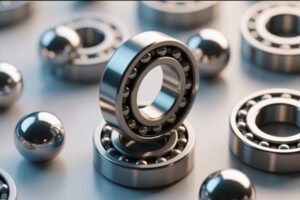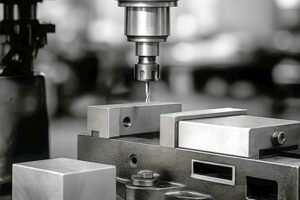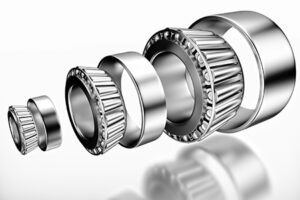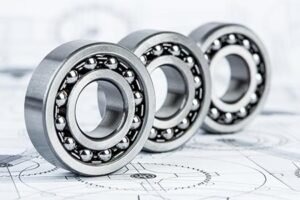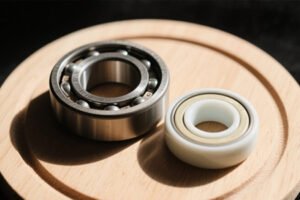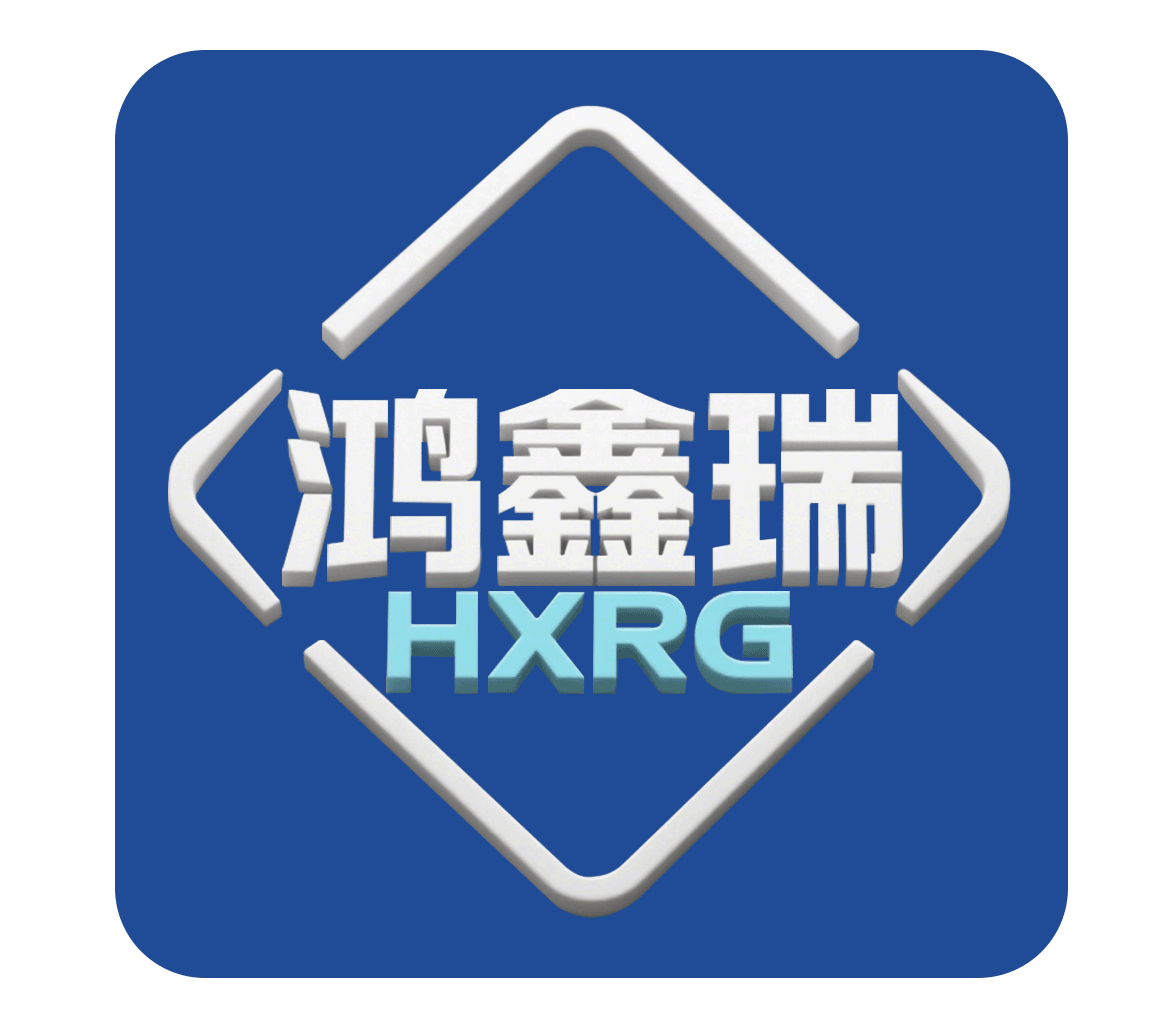1. Market Trends: Precision and Reliability Take Center Stage
As advanced manufacturing accelerates globally, the demand for high-performance bearings is growing rapidly. Whether in CNC machine tool spindles, robotic joints, EV drivetrains, aerospace engines, or medical devices, modern industries now require bearings that can meet extreme performance metrics—high speed, long life, low noise, and excellent reliability.
In the past, many of these applications relied on imported bearings. But in recent years, with the maturing of China’s manufacturing capabilities and growing investment in R&D, domestically produced precision bearings are increasingly replacing foreign brands and becoming trusted by top-tier equipment manufacturers.
2. Precision Engineering: A Systematic Approach to Micron-Level Quality
Manufacturing high-precision bearings is not a matter of one process—it’s a complete system of design, material, processing, assembly, and testing.
Key production technologies include:
Ultra-pure materials: Using high-grade bearing steel with minimal oxygen and impurity levels to reduce micro-defects.
Super-finishing and grinding: Achieving surface roughness below Ra 0.03μm to minimize friction and noise.
Cleanroom assembly: Performing bearing assembly in temperature- and humidity-controlled environments to prevent contamination.
High-precision cage design: Ensuring load balance, low vibration, and smooth rotation.
Automated multi-point quality control: Real-time detection of size tolerances, roundness, vibration, temperature rise, and noise.
Top companies are implementing end-to-end digital quality traceability—from raw material inspection to finished goods shipping—enhancing customer trust and reducing after-sales risk.
3. Application Scenarios: Custom Demands from High-Tech Industries
Across emerging industries, customers are no longer satisfied with off-the-shelf bearings—they demand integrated, customized, and smart solutions.
Major use cases include:
Industrial robots: Require consistent preload torque and high precision in rotary bearings for arm joints and positioning systems.
Machine tools: Spindles demand ultra-stable dynamic performance at 20,000 rpm or higher, with excellent thermal management.
Medical imaging equipment (CT/MRI): Bearings must operate silently and withstand electromagnetic environments.
Aerospace and defense: Bearings need to be lightweight, shock-resistant, and reliable in high-altitude or vacuum conditions.
To meet these requirements, bearing manufacturers are investing in advanced R&D: finite element analysis, hybrid structures, ceramic components, and sealed lubrication designs.
4. Branding and Value: In Precision Markets, Trust Equals Influence
In high-end bearing markets, price is no longer the primary factor—technical capability, brand reputation, and service integration are far more important. High-value customers want suppliers that offer more than parts—they want long-term technical partners.
To build strong brand equity, leading bearing manufacturers are:
Establishing in-house R&D centers to help customers test, simulate, and co-design bearing applications.
Providing one-stop technical services including bearing selection, customization, maintenance, and diagnostics.
Acquiring global certifications like IATF16949, AS9100, and ISO14001 to meet industry benchmarks.
Participating in international exhibitions to improve brand visibility and gain global recognition.
In this environment, precision is only the starting point—what differentiates leaders is their ability to deliver integrated solutions with confidence.
5. Global Strategy: Taking Chinese Bearings to the World
The globalization of China’s bearing industry is accelerating. As supply chains diversify post-pandemic, overseas customers increasingly look for reliable, innovative, and responsive suppliers beyond traditional sources.
China’s top manufacturers are building international capabilities through:
Localized manufacturing in Southeast Asia and Europe to serve regional markets with faster lead times.
Overseas warehouses and service centers to provide prompt delivery and technical support.
Strategic partnerships with OEMs, engaging early in product development cycles for long-term cooperation.
Combining e-commerce platforms with global offline distribution to penetrate North America, Latin America, and African markets.
The key to success isn’t just exporting more bearings—it’s exporting design capabilities, manufacturing expertise, and service experience.
